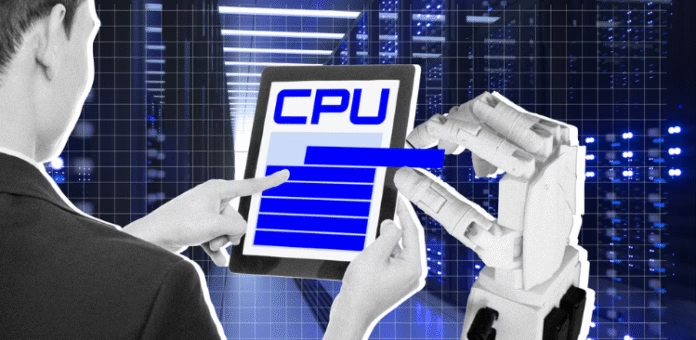Imagine trying to run a Formula 1 car on a dusty village road. That’s what India’s AI dream could look like without the right data centre infrastructure. As artificial intelligence transforms industries—from healthcare to logistics—India is poised to play a major role on the global AI stage. But here’s the catch: that promise rests squarely on how fast and how smartly we build and scale our digital backbone.
The Growing Gap Between Data Generation and Capacity
India is already producing about 20% of the world’s data, yet we hold a mere 3% of the global data centre capacity. That mismatch isn’t just a statistic—it’s a wake-up call. With the Digital Personal Data Protection Act (DPDPA) demanding more local storage and the recent INR 20 billion allocation under the IndiaAI mission, the urgency is clear.
From Arrow PC Network’s experience delivering robust IT services across India, we’ve seen how business success is increasingly dependent on low-latency, high-bandwidth infrastructure. Simply put, AI is not just software—it’s infrastructure-hungry.

The AI Workload Shift: New Needs, New Data Centres
Unlike traditional workloads, AI tasks are resource-intensive. They require GPU clusters, advanced cooling systems, and high-speed optical fibre networks—not your average data centre setup. And India is responding.
Projects like Yotta’s NM1 in Navi Mumbai or CtrlS in Hyderabad are not just buildings with servers—they’re smart ecosystems designed for AI readiness, powered by renewables, liquid cooling, and edge computing. But even these are just the beginning.
Companies like Arrow PC Network are helping enterprises transition to AI-optimized data environments, offering scalable IT infrastructure, managed services, and tailored cloud strategies that are aligned with India’s evolving regulatory and performance landscape.
Real Estate & Latency: The Dual Dilemma
Most of India’s data centre activity is clustered around metro cities like Mumbai, Bengaluru, Chennai, and Hyderabad. But these hubs are now dealing with high land costs, limited space, and congestion. Meanwhile, Tier 2 and Tier 3 cities face patchy fibre networks and inconsistent power infrastructure—serious roadblocks for AI applications that demand ultra-low latency and high reliability.
This is where locally engineered solutions become vital. We’re talking about intelligent site selection, edge computing, and carrier-neutral facilities—areas where Arrow PC Network’s IT services are already making an impact by helping clients deploy resilient infrastructure beyond metro limits.

From Legacy to Future-Proof: Time for a Modernisation Push
Many of today’s data centres were built long before AI was on the radar. They weren’t designed for GPU clusters or massive real-time data transfers. Retrofitting can only go so far. India needs purpose-built, AI-ready facilities with:
High-density fibre interconnects
Energy-efficient cooling systems
Massive bandwidth scalability
Redundant, low-jitter networks
And it’s not just about scaling vertically—horizontal expansion into non-traditional regions is just as important. That’s why companies are now focusing on pre-terminated optical systems, modular designs, and green power integration to make future upgrades smoother and faster.

A “Made in India” Approach to Infrastructure Innovation
India’s challenges are unique—harsh climates, regulatory hurdles, unpredictable power grids. So, our solutions must be unique too. From Arrow PC Network’s lens, we’re seeing increased demand for homegrown technologies that solve for:
Hyper-scalable backhaul
Edge AI computing nodes
Rural and Tier 2/3 network gaps
Sustainable energy use and cooling
And let’s be clear—this is more than just a tech trend. It’s a national strategic imperative.
Will India Catch Up or Lead?
India’s AI journey isn’t just about smart algorithms. It’s about reinventing infrastructure. If we can fix the foundations—our data centres—then everything else falls into place. That’s where companies like Arrow PC Network, with deep expertise in AI services, data centre planning, and enterprise IT solutions, come into play.
Because the real race isn’t about who has the best model—it’s about who builds the best ecosystem to support it.



